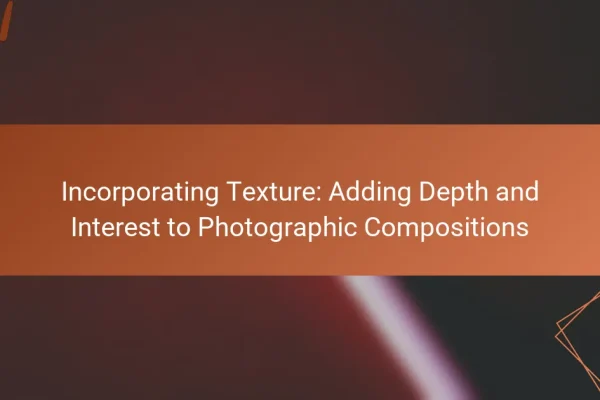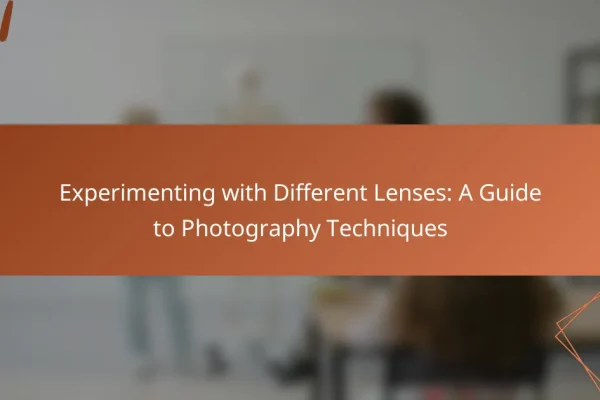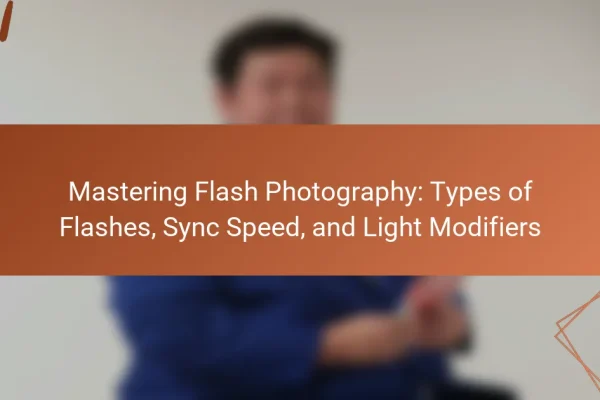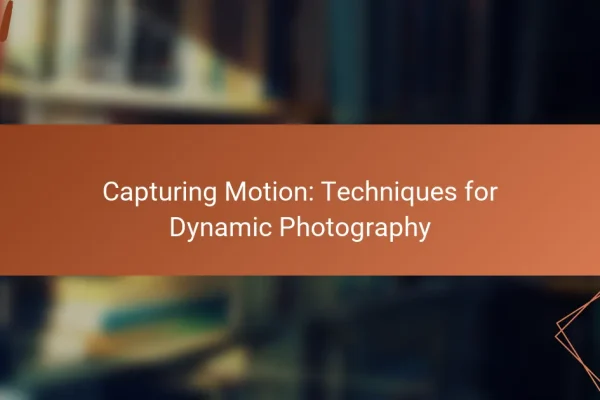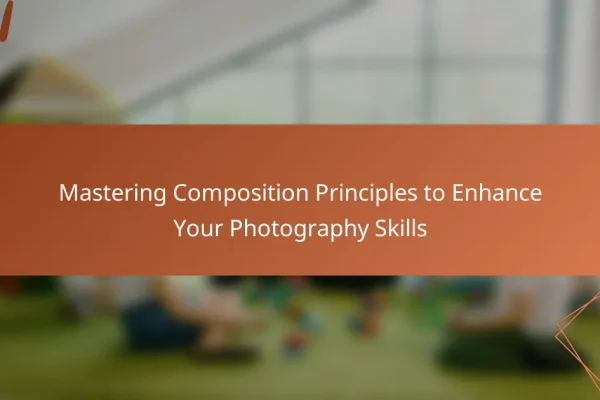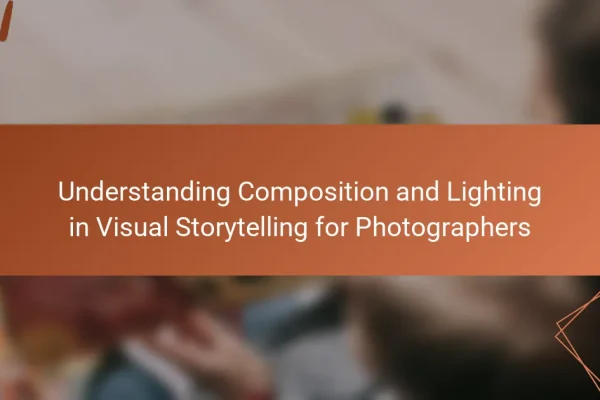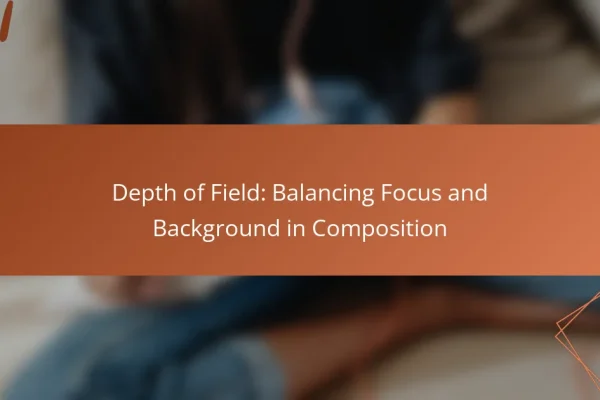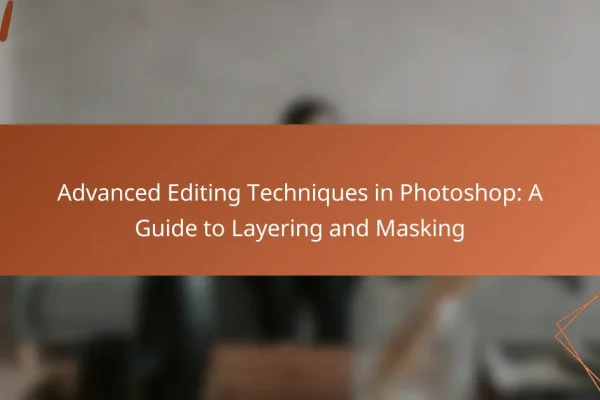
Utilizing Negative Space: Enhancing Subject Emphasis in Composition
Negative space in composition refers to the area surrounding the main subject, playing a vital role in defining and enhancing the subject through context and balance. This article explores the importance of negative space in various art forms, including photography, painting, and graphic design, highlighting techniques such as contrast, balance, framing, and simplification. By effectively…
